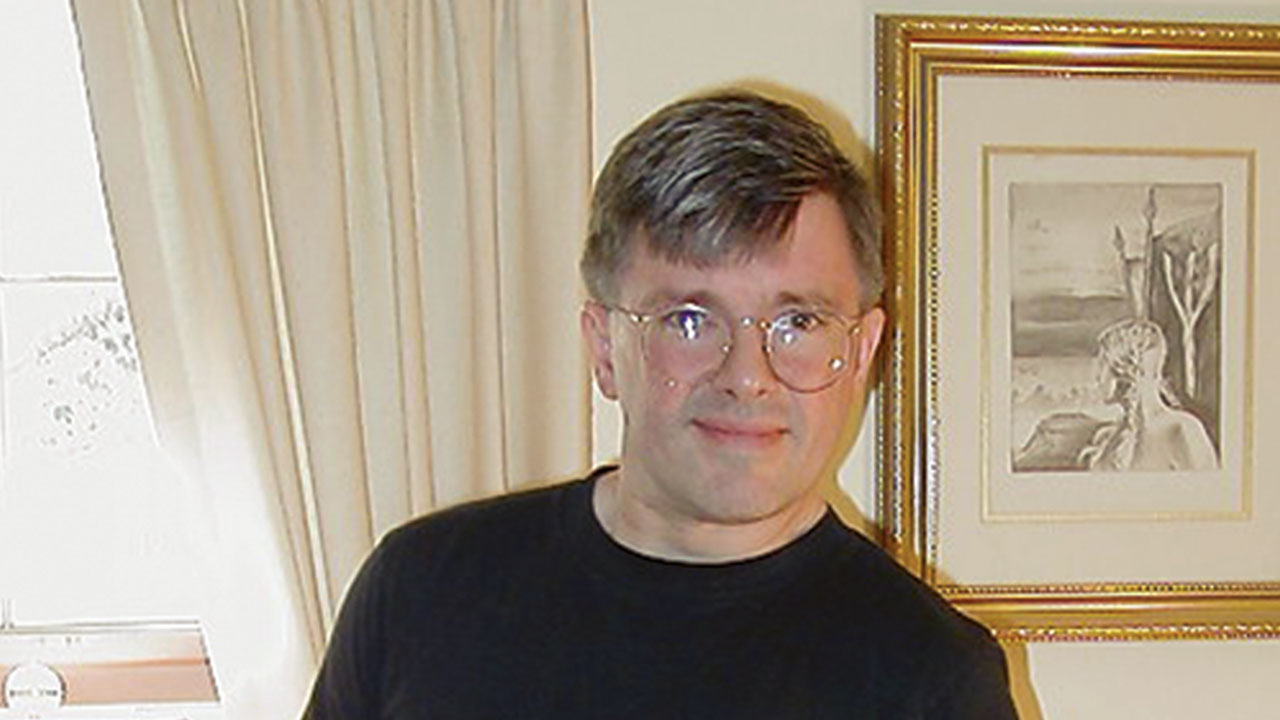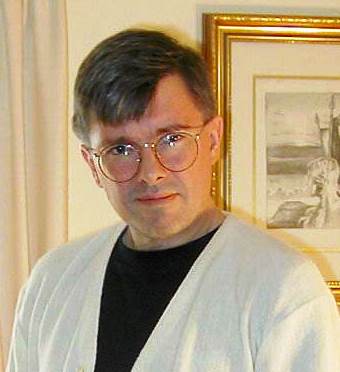Alright, let me tell you about this little experiment I did, inspired by that Kevin Strom guy… well, Kevin Systrom, the Instagram dude. I kept hearing how they started super simple, so I thought, why not try building a basic photo thing myself? Just to see what the process felt like.

Getting Started
First off, I didn’t jump straight into coding. I just kinda sat back and thought, what was the absolute basic thing? People taking pictures on their phones and sharing them, right? And maybe making them look a bit different, those filters they had early on. Sounded straightforward, but you know how these things go.
So, I powered up my trusty old machine. Didn’t want to get bogged down learning fancy new stuff for this. I decided to stick with tools I already knew, some basic web things. Think simple HTML for the structure, a sprinkle of Javascript to make things happen, and maybe a very basic script on the back end, nothing complex.
Building the Pieces
Okay, the practical steps. Here’s what I did:
- The Upload Bit: Needed a way for someone, well, me in this case, to get a picture from the computer into this… thing. So I started hacking together an upload button and the form you need for that. Honestly, this part took longer than I expected. Kept running into silly errors, file size limits I hadn’t thought about, that sort of stuff. Just getting the file selected and ready took a good chunk of an evening.
- Showing the Picture: Once uploaded, where does it go? Needed a space to display it. I just made a super basic page, like a gallery. Put some placeholder boxes where the images would eventually show up. Didn’t worry about making it look pretty at this stage. Function over form, you know?
- Thinking About Filters: This was supposed to be the ‘cool’ part, right? Like early Instagram. I looked into image manipulation libraries and stuff… wow, that looked like a deep rabbit hole. Way too complex for my little experiment. Then I remembered reading they started with really basic, almost template-like filters. So, I decided to cheat a bit. I just used some simple CSS filters. Stuff like grayscale, sepia, maybe increasing the contrast. It’s not sophisticated, but it gave that instant change look, which I figured was the point.
Hitting Some Walls
Now, the reality check. Actually storing these uploaded photos and making them accessible to others… that’s where it got tricky. My first thought was just saving them in a folder on my computer. Worked fine for testing, obviously. But that’s not sharing, is it? That’s just… saving files. Real sharing needs servers, databases, maybe cloud storage. That felt like way too much heavy lifting for what I was trying to do here. Felt like I was suddenly building a whole system instead of just experimenting with an idea. So, I made a decision: forget the actual sharing part. Let’s just focus on the upload -> filter -> display loop, all happening locally. It felt a bit like giving up, but it kept the project manageable.
What I Learned (The Real Point)
Spent maybe three or four evenings tinkering with this. The end result wasn’t much, honestly. A clunky page on my local machine where I could upload a photo, click a button to make it black and white, and see it appear. Big deal, right?

But the process… that was interesting. It really hammered home how something massive like Instagram probably started with solving very small, specific problems. You read the stories about Systrom and his co-founder, how they pivoted from a much more complex app (Burbn, was it?) and stripped it down to just photos. My little project felt like a tiny version of that. I hit a wall with the ‘sharing’ part and had to cut scope dramatically. I wanted fancy filters but settled for simple CSS tricks.
It reminded me of this job I had years ago. We were building software for a small warehouse. We designed this incredibly complex system in our heads – barcodes, predictive ordering, fancy reports. We spent weeks on the design. When we finally showed something basic to the guys on the floor, all they really wanted was a simple list they could check off and update easily. We’d massively overthought it. This photo experiment felt similar. It’s easy to get lost in features. Sometimes, the hardest part is figuring out the absolute simplest core and just making that work reliably.
So yeah, messing around with this ‘Kevin Systrom’ inspired idea didn’t produce anything groundbreaking. But going through the steps, hitting the problems, and forcing myself to simplify? That felt like a worthwhile exercise. It’s about the journey of building, even if the destination is just your own hard drive.
